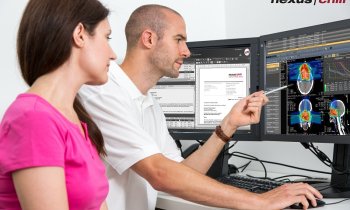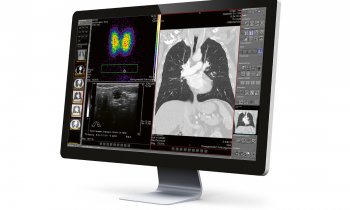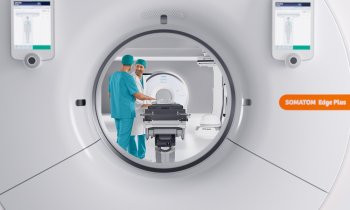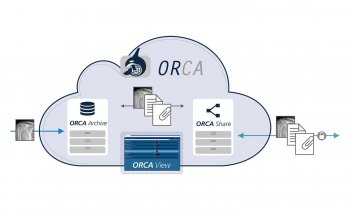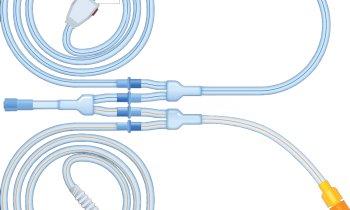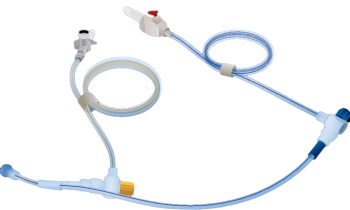Teleradiology and education
Given the ever more complex radiological examinations, the need to provide care in sparsely populated regions, or new labour law provisions such as the EU working time directive, radiologists are under increased pressure to find solutions to provide imaging services during off-hours.
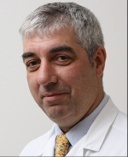
This holds particularly true for Great Britain where the severe shortage of radiologists is exacerbated by the fact that implementation of the EU working time directive highly impacts the training structures in radiology. Therefore, several hospitals decided to outsource imaging reporting services to a teleradiology provider. Among those hospitals is University College Hospital, London, where Dr Joachim Hohmann headed the acute services radiology team in 2010.
To gain a better idea of the teleradiology reporting quality, Dr Hohmann and team began to evaluate the images the following day, then recorded their own findings and compared them to the night readings. ‘The review of CT scans of 1,028 patients showed only minor discrepancies that could not be considered medical errors but at most led to a delay in therapy,’ he recalled. ‘A very positive result!’
To structure the comparison of the findings, Dr Hohmann used a disagreement scale from ‘no discrepancies’ (category 5) to ‘significant discrepancies with potentially life-threatening consequences for the patient’ (category 1). No imaging report was classified as 1 and in 79% of cases the team matched the assessment of their teleradiology colleagues (category 5). 16 percent of the cases were classified in category 2: discrepancies regarding style or presentation of the findings. Differences in opinion as defined in category 3 and 2 were found in percent, resp. 1.3% of cases – with the latter percentage translating into exactly 13 patients. Since the patients were followed up for six months, Dr Hohmann could assess the accuracy of the readings. ‘In eight out of thirteen cases my team was correct, in two cases the teleradiology provider was correct and for three patients we did not come to an unambiguous result. In short,’ he concluded, ‘the error rate of the teleradiology provider was 0.8 percent, which is not higher than in regular readings’.
Indeed, these results are better than results in comparable studies where the error rate is above 1.6 percent – perhaps because Dr Hohmann demands high quality standards from the teleradiology company: reports between 7 and 9 pm are to be prepared exclusively by specialist physicians in the UK, between 9 pm and 8 am by Australian colleagues on day shifts. ‘In Great Britain and other anglophone countries teleradiology is much more common and is organised in a very structured way, since regulation is not as restrictive as for example in Germany. Moreover,’ he points out, ‘there is basically no language barrier.’
However, teleradiology also has ‘adverse effects’. In Dr Hohmann’s London-based hospital teleradiology was introduced to avoid night shifts for junior physicians. Whilst with the implementation of the EU working time directive junior physicians are entitled to longer compensatory rest for night and weekend shifts, due to this law they can no longer complete their training in the prescribed period. ‘In the short run, professional teleradiology services are a good solution, in the long run they may compromise the level of training junior radiologists receive. ‘As a junior physician it is very important to learn to make your own decisions and take responsibility – that’s exactly what night shifts require,’ he stressed.
There are also other issues to solve. Dr Hohmann is concerned about price wars for reporting services and job security for hospital radiologists and he fears that commercialisation of radiology will increase. ‘Nevertheless, I’m convinced that we will be able to find a sustainable solution. In view of the fact that demand will increase by ten to fifteen percent, but per year, we will only have two percent more incoming radiologists, teleradiology is unavoidable.’
Profile:
A medicine and physics graduate from Berlin’s Free University, Joachim Hohmann then specialised in radiology in the Department of Radiology and Nuclear Medicine at the Benjamin Franklin Campus, Humboldt University. In 2006 he became a senior resident in Basle University Hospital, where, following a year working at University College Hospital, London, in 2011, he was appointed Deputy Director of Abdominal and Oncological Diagnostics.
04.03.2014






